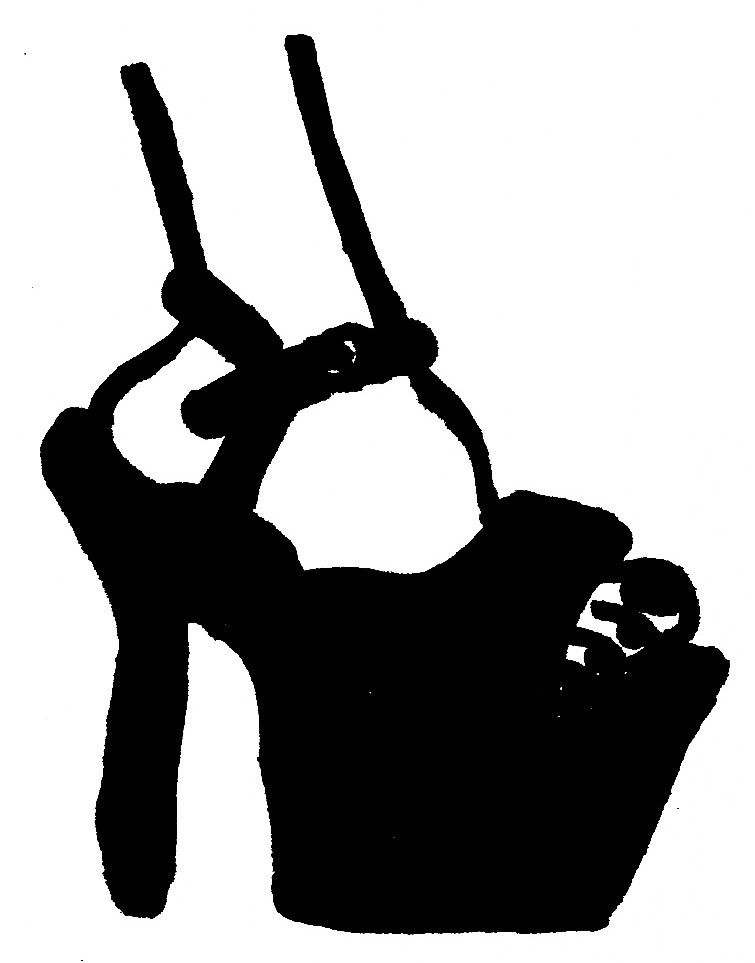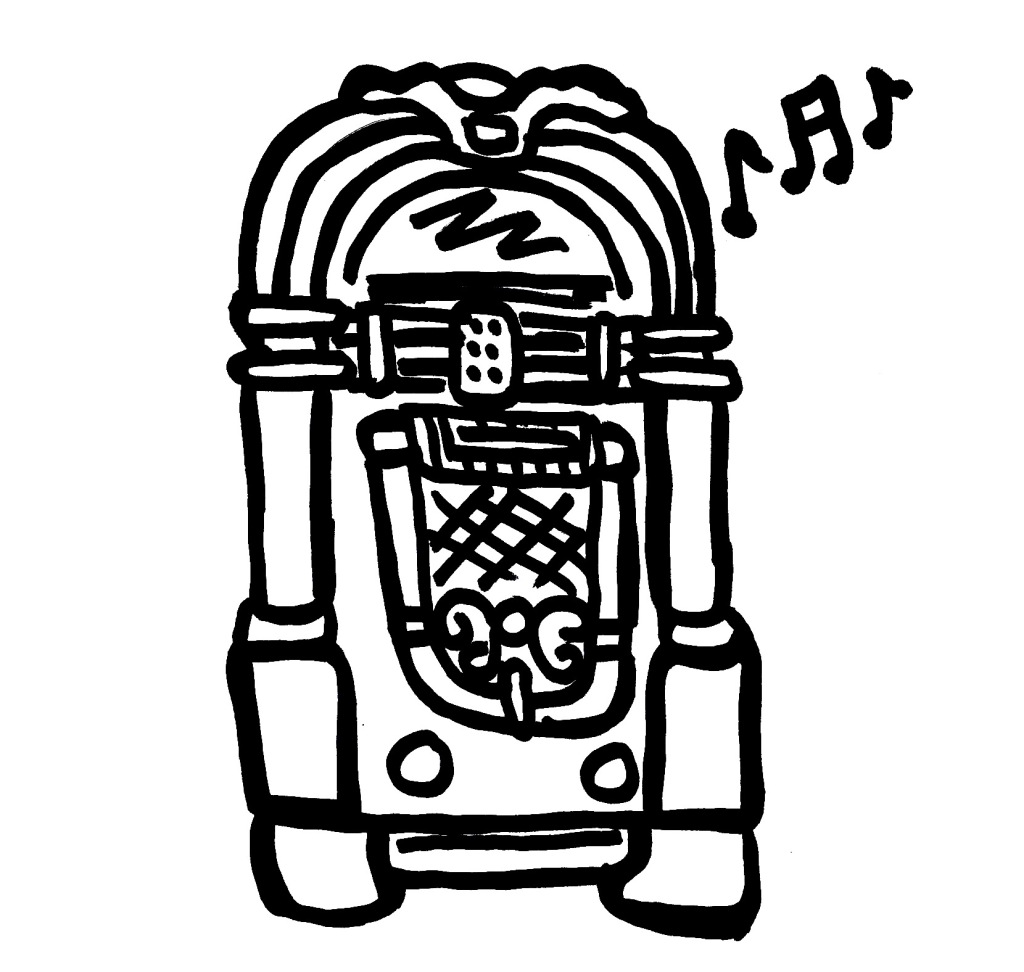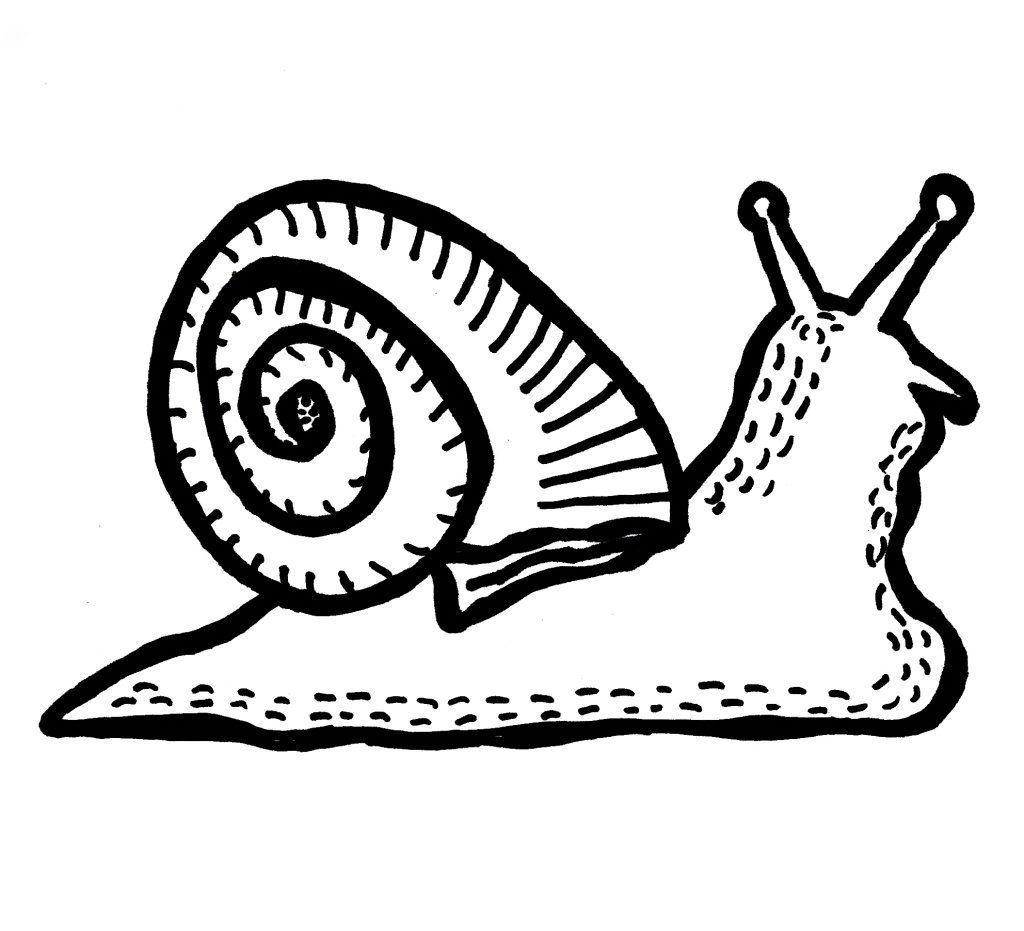Full disclosure: I have extremely unhip opinions about David Lynch. The accepted wisdom among movie nerds is that late-style Lynch is the director at his best, with the titles Mulholland Drive, Inland Empire, and Twin Peaks: The Return earning frequent accolades as the absolute artistic pinnacle of cinema. I find them borderline unwatchable. My favorite Lynch titles are much better behaved: Blue Velvet, The Elephant Man, Original Flavor Twin Peaks, Wild at Heart … essentially, Lynch for normies. It brings me no pleasure to take the conservative stance on this, wherein David Lynch was at his creative best when his vision was tempered by studio notes instead of being allowed to run wild. In my tragically square view of his catalog, the last great movie he made was while working for Walt Disney Pictures, which is never the side someone wants to take in an argument. So, I’ve done a lot of recent soul-searching on why, for example, Lost Highway works for me but Mulholland Drive does not, when they’re essentially the same inexplicable persona-crisis story told in two different ways. Or why I enjoy the chaotic absurdism of Twin Peaks‘s second season that most fans hate, while I could not force myself to finish the third-season arc of the same television show that fans frequently cite as “The Greatest Film of All Time” on my Twitter feed. It was during a recent screening of Blue Velvet at Canal Place (as part of their new Prytania Cinema Club series) when I finally came up with a theory. Forgive me as I work it out on this blog as a form of public therapy.
It’s likely that Blue Velvet remains Lynch’s finest hour in my mind simply because it’s the very first film of his that I watched. A feverish erotic thriller set down the street from where the Cleavers live, the film has a very accessible premise — perfect for teenagers desperate to see something strange & risqué. Looking back as an adult who’s since seen all of Lynch’s features before & after, Blue Velvet paradoxically becomes both eerier and more familiar. As literal as the film is about its peek into the grimy underworld just beneath the pristine surface of American suburbia (starting with the bugs & larvae wriggling below subdivision flowerbeds), it also indulges in capital-L Lynchian dream-logic imagery that cannot be fully explained without robbing its magic. What do the closeups of a roaring wind blowing out a candle symbolize to the audience beyond association with the villainous Frank Booth (Dennis Hopper), who has incorporated candlelight into his nightly sexual abuse routine? To me, they become an abstract symbol of that violence, often equating the white-knight heroics of our doofus protagonist Jeffery Beaumont (Kyle McLachlan) to Booth’s violence by appearing during his own interactions with the victim that unites them (Isabella Rossellini). Putting that association into words makes the image sound triter than it is in practice, though, especially since the link between hero & villain is vocalized multiple times in the dialogue (when Laura Dern’s virginal love interest says, “I can’t figure out whether you’re a detective or a pervert,” and, more directly, when Hopper says, “You’re like me”). Maybe a more recent Lynch film would “explain” their connection entirely through the candle imagery without that accompanying dialogue, but the effect would more or less be the same.
The candle is only one isolated image among many that Lynch overloads with thematic significance; the longer you spend immersed in his world the more significance those totems take on. It becomes significant that Rossellini hides her kitchen knife behind a radiator, since it recalls her fellow torch-singer who lives in a radiator in Eraserhead. The hypnotic yellow lines passing under Frank Booth’s car recall Lost Highway. Booth’s widespread smearing of red lipstick across his face before planting a Judas kiss on Jefferey’s mouth recalls the lipstick facemask of Wild at Heart. When the camera pushes into the canals of a severed ear that Jeffery discovers in an open field, finding an entire inner world there, a modern audience recalls the same push-in to the interior of the Mulholland Drive puzzle box. In retrospect, even just the casting of McLachlan, Dern, and Jack Nance feel like just as much of directorial calling cards as the heavy curtains Lynch always uses to mark his liminal spaces (in this case, Rossellini’s bedroom). David Lynch has essentially been making the same movie his entire career. He just repositions its building blocks into new, puzzling configurations as if he’s trying to work out a question he’s not fully sure how to ask. In Blue Velvet, that internal interrogation seems to be fixated on self-disgust over the peculiarities of heterosexual male lust, especially in the Madonna/whore dynamic represented by Dern & Rossellini. In the bigger picture scope of his career, he seems largely concerned with the manifestation of violence & Evil in an indifferent world. Jeffrey’s melodramatic delivery of the question “Why are there people like Frank?” earned some ironic laughter in my theater, but I believe Lynch is posing it sincerely. It’s a question he’s been asking over & over again for decades, often in fear that there’s even a fraction of Frank inside himself.
My theory on the divide between Lynch’s pre- and post-Mulholland Drive career, then, has less to do with how the director has changed than it does with how the world changed around him. Not all of the heightened melodrama of Blue Velvet can be taken seriously. If nothing else, Laura Dern’s recounting of a dream in which a flock of robins represent pure, universal love fully crosses the line from Sirkian melodrama to TV movie theatrics, inviting ironic chuckles from the audience. I don’t know that Lynch himself is laughing, though. He appears to find the mundanity of mainstream media to be oddly sinister, drawing out uncanny interactions from lesser artforms with just enough awkward pausing & ominous whooshing to make them genuinely nightmarish. There’s a winking reference to the soap opera quality of Twin Peaks in the parodic inclusion of a fictional program called Invitation to Love, often playing on characters’ TV sets throughout the show. Likewise, Blue Velvet draws comparison between the erotic thriller and the Old Hollywood noir by showing Jefferey’s mother watching old noirs on her living room TV whenever the audience passes through. Mulholland Drive was also designed as an eerie abstraction of televised-drama aesthetics, as the majority of the film is a pilot for an ABC series that was famously rejected for being too uncommercial. It’s the same approach to post-modern warping of mainstream media in all cases, but over time the cultural circumstances of that media changed. When Lynch was finding the eerie world just below the surface of a Sirk film or a Days of Our Lives style soap, there’s a substantial, defined aesthetic to the source material that he’s working with. Decades later, when he’s making the nightmare version of late-90s television in Mulholland Drive, the affect is flatter, uglier, less appealing. The switch from celluloid to digital video in Inland Empire is emblematic of a steep decline in pop culture aesthetics across the board. In other words, David Lynch did not get worse as time went on; the culture did.
Of course, this is all subjective, to the point where it might not even be coherent. Given that there is currently a push to bring back the pop culture aesthetics of the late-90s and early-00s in the resurgence of low-rise Paris Hilton fashion, nu-metal rap rock, and “indie sleaze” college radio jams, it’s clear that there is some fondness for that era of cultural refuse that I cannot share in, possibly out of leftover embarrassment from being around when it was fresh. The awkward acting & staging of Mulholland Drive reminds me of wasted hours of watching garbage-water melodrama on broadcast TV as a kid, desperately trying to squeeze entertainment value out of titles as insipid as Touched by an Angel and Walker, Texas Ranger. The vintage television quality of that aesthetic might be a lot more romantic for a younger audience who wasn’t there to cringe through it in real time, the same way that I find the sinister reflection of 80s TV media in films like Blue Velvet to be mesmerizing. If anything, I should be applauding David Lynch for keeping up with the times as his work evolved alongside the mainstream culture it subverts. I might not personally be enthusiastic for his latest projects, but I’m also not cheering on his recent struggles to land funding, if not only because I know the pain of watching your favorite filmmaker get soft-censored by cowardly investors (having been left hanging by unrealized John Waters projects like Liarmouth & Fruitcake). I’ve just come to realize that my personal split with Lynch is not a reaction to his thoughtfulness & seriousness as an artist; that has not changed. It’s a reaction to The Great Enshittification of everything, positioning him as a found-materials artist who’s been given less & less substantial materials to work with as the quality in craft across all media has gotten generally worse (at least to my aging, Millennial eyes).
-Brandon Ledet













